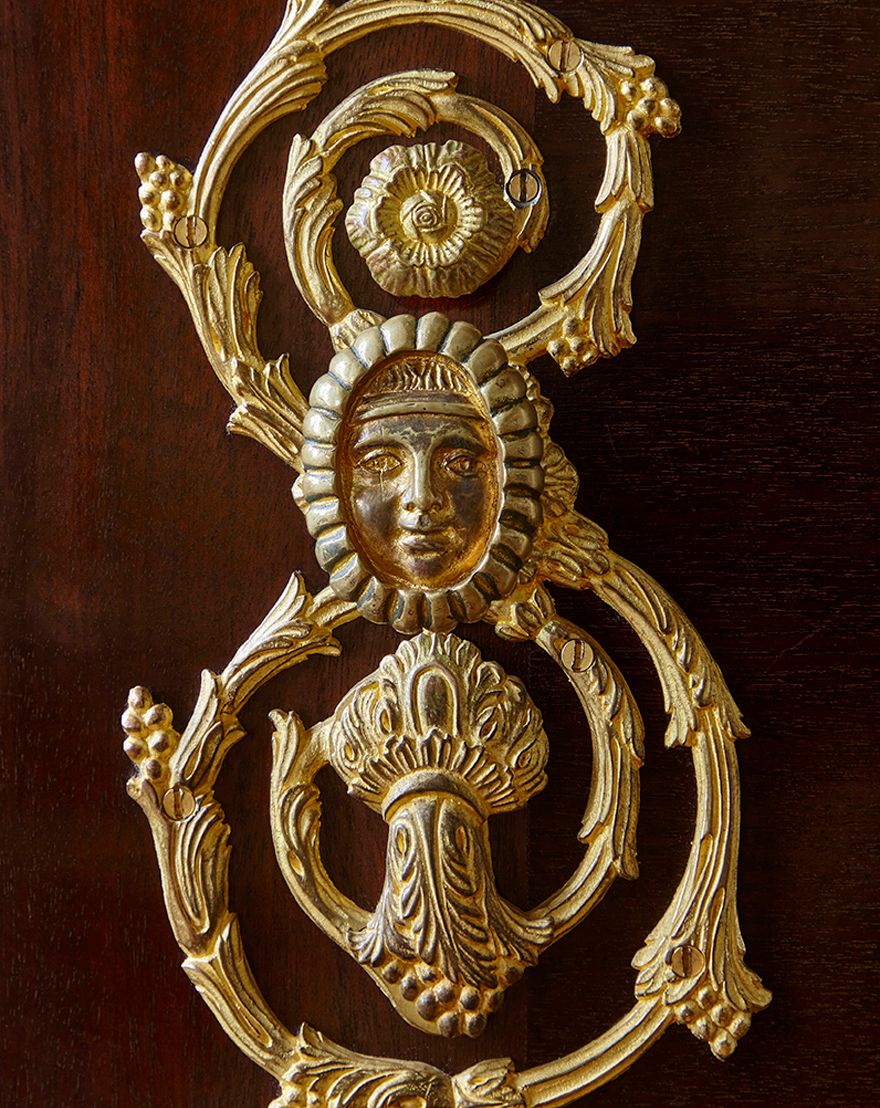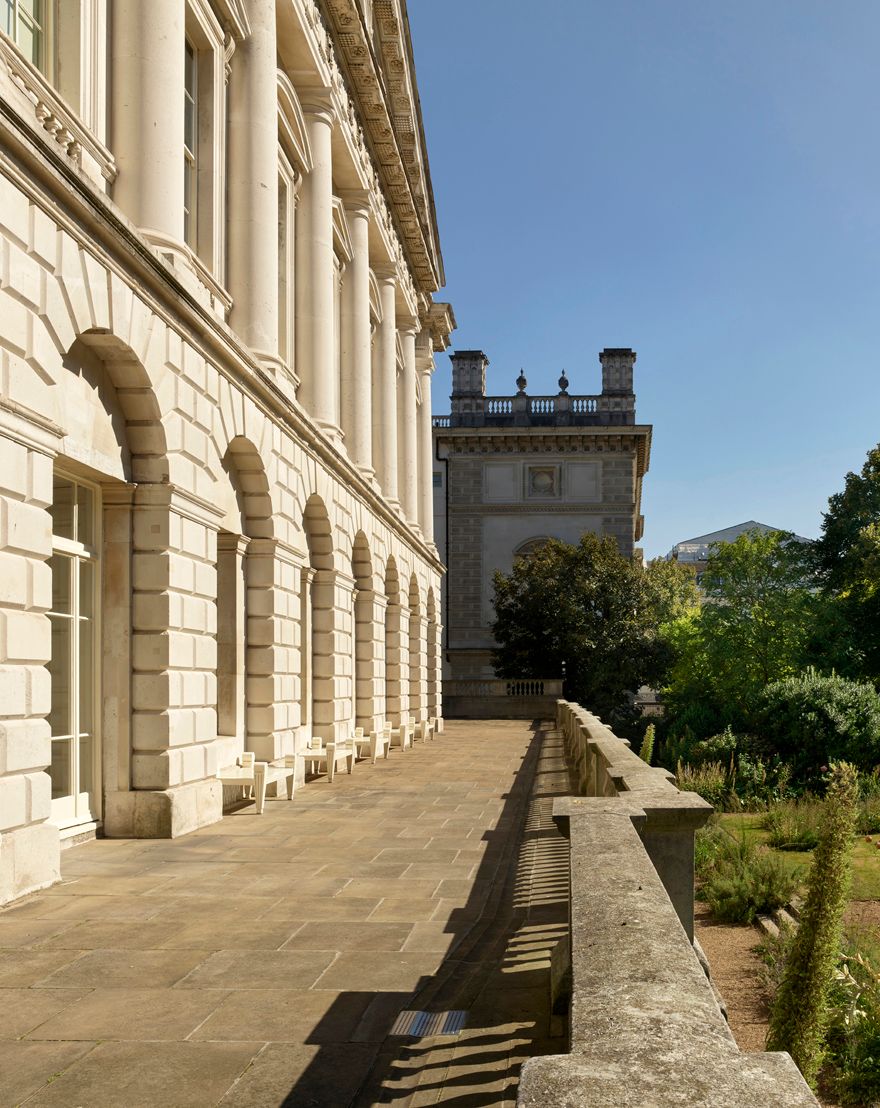‘The next room is to me a phoenix, it is called the painted one’ (Arthur Young, 1769)
The Painted Room is justly famous as one of the earliest complete neoclassical interiors in Europe, decorated with exquisite wall paintings inspired by contemporary excavations of the Roman ruins at Pompeii and Herculaneum. It is furnished with its original suite of armchairs and settees designed for the room by James ‘Athenian’ Stuart.
Due to the presence of museum pieces on display, the Painted Room is not available for use as an events space. However, it can be made available for guests to view during their event or as part of a guided tour. We would encourage everyone to take a moment to appreciate what is the undoubted pinnacle of the State Rooms at Spencer House.
More about the Painted Room
The Painted Room was conceived around 1759 and was largely completed by around November 1765. It served as a drawing room and was probably also used for ‘sitting out’ during large receptions in the adjoining Great Room.
Antique Roman painted interiors, including those recently excavated at Pompeii and Herculaneum, formed the main inspiration for the decoration of the Painted Room and as such, James Stuart’s design is the forerunner of the many Pompeiian and Etruscan-inspired rooms which came after it. Stuart also used details derived from ancient Greek buildings, works of the Italian Renaissance and seventeenth century Flemish sculpture.
The primary theme of the decoration is love and the room is a celebration of the happy marriage of Lord and Lady Spencer. Above the chimneypiece is a frieze painted with a copy of the Aldobrandini Wedding, a fragment of Roman fresco dating from the first century AD which was believed to depict a secret wedding ceremony. It was perhaps intended as an allusion to the Spencers’ own nuptials, which took place in secret a week before their official wedding day. Elsewhere, the oval panel over the door from the Great Room depicts Venus being unveiled by Hymen (the god of marriage) and four oval panels on the west wall contain female figures illustrating the ‘wifely virtues’. A corresponding set of husbandly virtues, however, was evidently not considered necessary!
The suite of original furniture is on long-term loan to Spencer House from the Victoria & Albert Museum and was innovative for the time in incorporating features derived directly from antique examples.
The room was badly damaged during the Second World War when a bomb hit neighbouring Bridgewater House. The shock of the impact brought most of the ceiling down and what is seen today is the result of restoration in the 1950s. Fortunately, the original painted panels had been put into storage for safekeeping and those at least could be reinstated.
The background wall colour was originally a much lighter shade of green meaning the painted decoration would have stood out more boldly than it does today.

The Great Room

Explore the Rooms

The Terrace

Sign Up to our Newsletter
Sign up to our newsletter if you would like to receive updates about the house and details of any upcoming special tours and public events.







